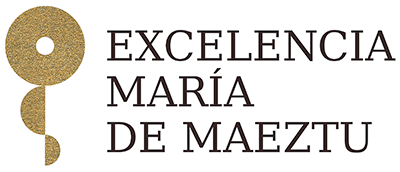There is ongoing debate over the welfare implications of the unorthodox measures adopted by central banks in the wake of the Global Crisis. Using a calibrated DSGE model for US data, this paper explores the implications of monetary policy for labour income inequality. Unexpected monetary expansions are found to increase inequality between high- and low-skilled workers. The rationale for this effect is that an unexpected interest rate cut leads to higher investment and capital is complementary to high-skilled labour while it substitutes low-skilled workers. In addition, some labour market frictions are more prominent for the latter group of workers leading to a widening skill premium as regards wages and employment gaps. In terms of stabilising the economy, strict inflation targeting is found to be the most successful policy.
The paper, titled “Monetary Policy and Inequality under Labor Market Frictions and Capital-Skill Complementarity”, is published in the April 2021 issue of American Economic Journal: Macroeconomics.
